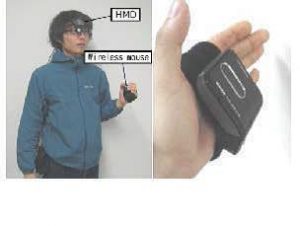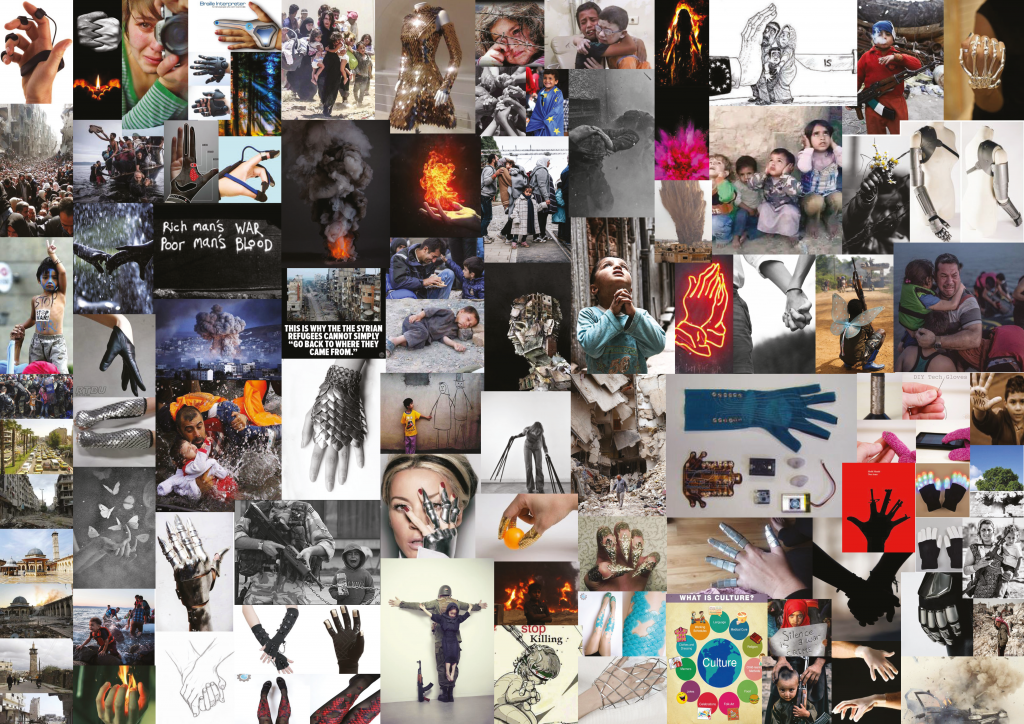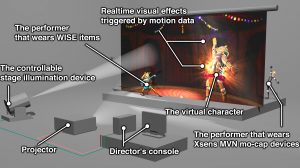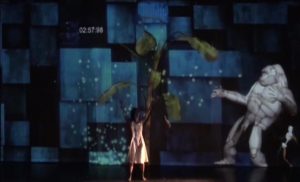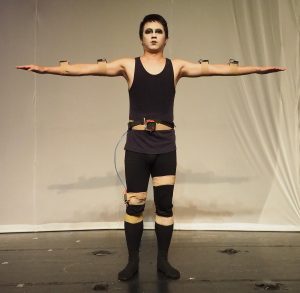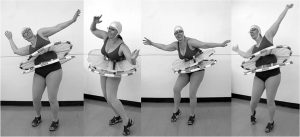Source: Authors: Jun Ikeda Kobe University, Kobe, Japan Yoshinari Takegawa Kobe University, Kobe, Japan Tsutomu Terada Kobe University, Kobe, Japan Masahiko Tsukamoto Kobe University, Kobe, Japan
MoMM ’09 Proceedings of the 7th International Conference on Advances in Mobile Computing and Multimedia, Pages 105-112, Kuala Lumpur, Malaysia — December 14 – 16, 2009 ACM New York, NY, USA
Summary : Lately the performances are getting more attention when they use computer technologies. Performances with a person having some sort of interaction with projections are very entertaining to watch.
This article talks about the evaluation and experimentation of interactive performances using a projector. The goal of this article is to improve the way the performers are interacting with the projections and to support them using display devices like HMD.
In the entertainment world, the interactive performances are much known and there is always the desire to explode their potential. The idea is always to improve the performance itself. But this research is about supporting the performer.
In this article, the authors try to find the main problems on stage so they classified the performances in two principal types: the first one is when the projection is basically a movie and the performer has to memorize everything in order to perform in time. And the second type of performance is when the projections are based on the performer actions.
The article also mentions the situations a performer can face WHEN the performance is: facing the audience, facing the screen, in parallel with a screen, in contact with a screen, far from a screen and when using part of the body. In most situations the performer has difficulties to see the entire projected image.
Some display devices (HMD, Monitor, Projection on floor, Earphone) where took into consideration and they mention they pros and cons. At the end they choose the HMD because is the most effective and they adapted it as a display device, additionally they added a wireless mouse to the experiment. They made performers play some games using the HMD and the wireless mouse in order to evaluate the recognition speed, understanding of the object position and timing recognition of changing images. At the end the results vary, sometimes the problem was the delay in displaying images.
Other evaluations were: to see the naturalness of the performer when facing the audience, when the performer is far from the screen and is using a real object and when he/she touches the screen. In conclusion they found out their method is effective but they want to improve it and try similar works but with more than one performer.
Relevance for our project: This article is very relevant to our project. I see this article as a piece of advice. I am sure this research can help us with the developing of our ideas and with finding/creating hardwares we may need.

